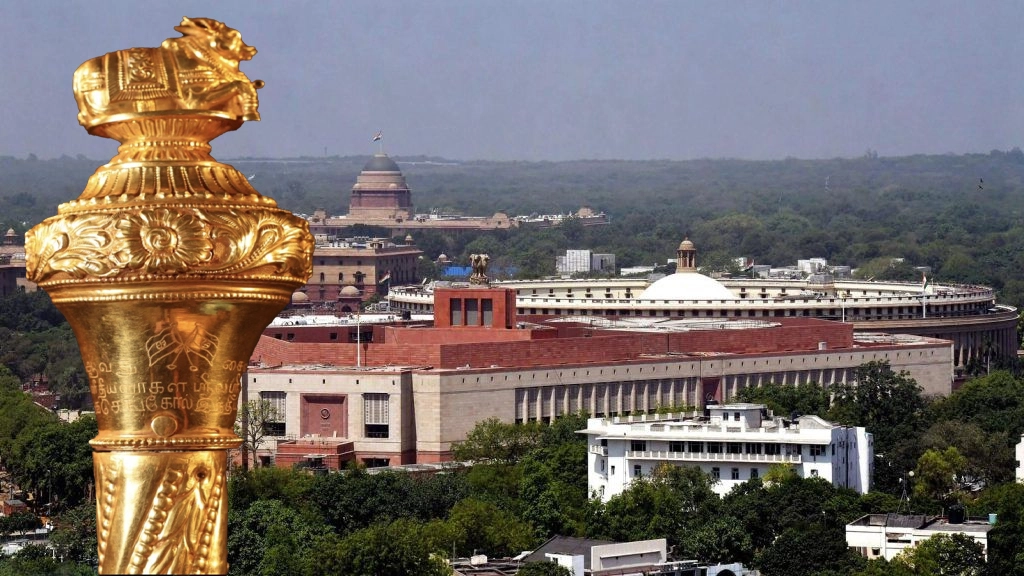India has recently inaugurated a new parliament building in New Delhi. This new building is significant as it symbolizes India’s rise as a world power and its dedication to upholding its rich cultural heritage.
The previous parliament building was constructed during British colonial rule and is over 90 years old. With India’s growing population and political representation, there is a need for a larger and more modern parliament building. The new building is designed to be a state-of-the-art facility with modern amenities such as acoustics, cyberspace, and a seating capacity of over 900 members of the parliament.
But why is the historical importance of the new parliament building for India?
A symbol of an assertive India
India, as a rising power, takes pride in its history and culture. The new parliament building will showcase India’s architectural and cultural heritage through its design. The design of the new building takes inspiration from ancient Indian texts such as the Vedas, which symbolize the country’s rich spiritual heritage. The building will also have a central courtyard, which is a nod to traditional Indian havelis or mansions. Furthermore, the new parliament building also reflects India’s place as a world leader. As the world’s largest democracy, India has a growing influence on global politics. In recent years, India has asserted itself on the international stage with its economic growth, diplomatic efforts, and contributions to global issues such as climate change and peacekeeping efforts.
The new parliament building reflects India’s dedication to strengthening its democracy and expanding its role in global affairs. Through this new landmark, India is showing its commitment to modernizing its infrastructure and maintaining its cultural identity while also remaining a global power.
The significance of a historical sceptre: ‘Sengol’
During the inauguration, Prime Minister Narendra Modi’s also installed a historical sceptre from Tamil Nadu called ‘Sengol’ which has garnered a lot of attention. This sceptre was originally presented to India’s first president, Jawaharlal Nehru, as a symbol of the handover of authority from the British and has been maintained at an Allahabad museum until now.
The decision to bring ‘Sengol’ to the new Parliament building signifies Prime Minister Narendra Modi’s reverence for India’s rich cultural heritage. The Tamil custom of presenting a sceptre, or phantom, to a new king upon ascending to power is steeped in history and tradition. In Tamil Nadu, the sceptre is called ‘Sengol’ and is considered to be a symbol of power and authority. It is believed that the ‘Sengol’ was first used by kings in ancient Tamil Nadu around 2000 years ago. Since then, it has been passed down through generations and is still considered an important part of Tamil Nadu’s cultural heritage.
The ‘Sengol’ sceptre is made of wood and is decorated with intricate carvings and gold ornaments. It is said to represent the king’s power and authority and is an emblem of his responsibility to serve and protect his people. This tradition was followed by various dynasties in Tamil Nadu, including the Pandya and Chola dynasties, to establish their legitimacy and authority.
By installing ‘Sengol’ in the new Parliament building, Prime Minister Narendra Modi has paid homage to Tamil Nadu’s rich cultural heritage and demonstrated his respect for India’s diverse culture and traditions. This action is a reminder that India is a nation of many different cultures and traditions and that these traditions must be preserved and celebrated to ensure that India remains a vibrant and thriving nation.
Do you have a question about this article or about doing business in India (strategy, culture, conflict), please get in touch with us here or email monika@nyasa.solutions.
Source image: OpIndia

